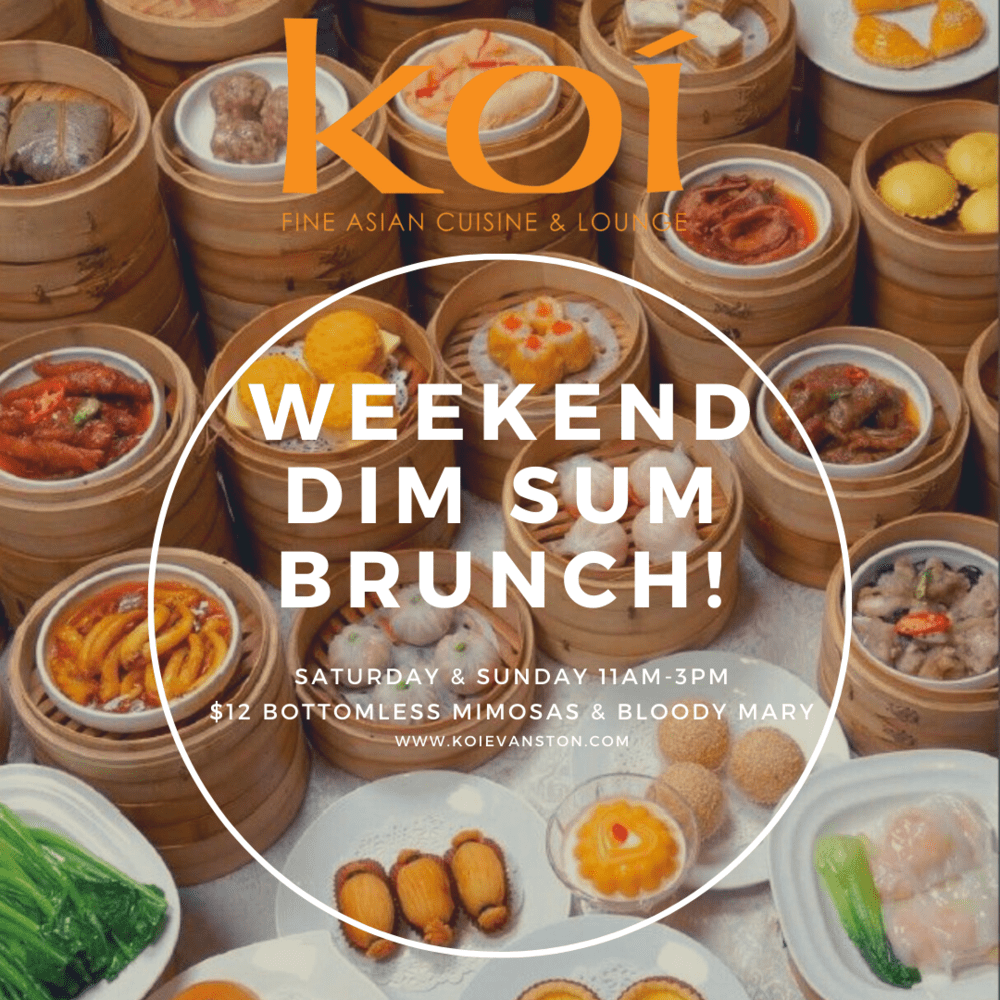Dim sum and sushi have become popular brunch menu items around the world. Dim sum is a collection of small Chinese dishes typically served with tea, while sushi is a Japanese specialty of bite-sized pieces of raw fish and cooked vegetables on rice. Dim sum originated in southern China in the 10th century and is a staple of Cantonese cuisine, while sushi originated in Southeast Asia and spread to Japan. Dim sum comprises steamed or fried dumplings, buns, and rice rolls with various fillings, while sushi focuses on raw fish and vegetable toppings on rice. Dim sum is presented in colorful baskets or plates, while sushi emphasizes simplicity and elegance on a flat plate or board.
Chinese Dim Sum vs. Japanese Sushi: The Ultimate Asian Brunch
Introduction
Asian cuisine has gained immense popularity worldwide in recent years, and two of the most prominent dishes that have made their way into brunch menus are dim sum and sushi. Dim sum, a Chinese specialty, is a collection of small dishes served alongside tea, while sushi, a Japanese speciality, comprises of bite-sized pieces of raw fish and cooked vegetables served on a bed of rice. Despite some similarities in their preparation, the two dishes have several differences in their taste, ingredients, presentation, and cultural significance. Here, we’ll compare and contrast these two dishes.
Origins and Culture
Dim sum originated in China and refers to a set of small dishes that are typically served with tea. It traces back to the early 10th century in the southern province of Guangzhou. Initially, it was served exclusively in tea houses and was only meant for the upper class. Eventually, it spread throughout China and gained immense popularity. Today it is a staple of Cantonese cuisine and is commonly eaten all over the world. On the other hand, sushi originated in ancient times in Southeast Asia and eventually spread to Japan. It was first created as a means of preserving fish by fermenting it with rice. Today it is commonly associated with Japanese cuisine and is known globally.
Ingredients and Taste
Both dim sum and sushi have varying ingredients that are used to create them. While dim sum typically comprises steamed or fried dumplings, steamed buns filled with meat or veg, rice rolls with shrimp or pork, and various other small dishes. The ingredients used in dim sum usually include meat, seafood, vegetables, and rice flour. The fillings inside the dim sum can vary, including shrimp, pork, beef, or vegetables, and have a unique tasting sauce. Sushi is more specific in terms of ingredients and usually comprises of raw fish or cooked vegetables served on top of sushi rice. The type of fish that sushi can include includes, salmon, tuna, eel, and more. Even though a few vegetables can be used, the focus is primarily on fish. The taste depends on the filling, but expect dim sum to be more savory or sweet, while sushi is more subtle, and focuses on the quality of the ingredients used.
Presentation and Serving
When it comes to presentation and serving, both dim sum and sushi are unique. Dim sum is usually served in small bamboo baskets or plates, and each dish is served in small quantities. The presentation of the dim sum is usually very colorful and vibrant. Sushi, on the other hand, is typically presented on a flat plate or wooden board, and each piece is served in larger quantities. The presentation of sushi emphasizes simplicity and elegance.
Conclusion
While there are some similarities between dim sum and sushi, including their small bites size, they are still distinct dishes that have their differences in terms of their culture, ingredients, taste, and presentation. Dim sum is a more varied and vibrant choice, with multiple dishes and complex flavors. Sushi, on the other hand, focuses on the quality of fish and simplicity in presentation. In the end, both are delicious options that are incredibly popular at brunches and are a great way to experience Asian cuisine.
